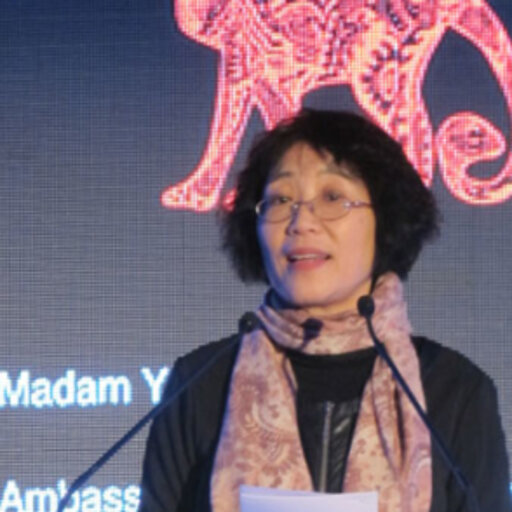
There were many challenges along the way, but probably none as difficult as when I decided to move to LA to launch Fly By Jing as a direct-to-consumer brand. What was the biggest challenge you faced when you were starting out in the industry? This winding road eventually led me to the realization that Fly By Jing could be a modern Asian food brand that helps introduce incredible Sichuan flavors to kitchens around the globe. That led to writing about food for international publications, learning to cook with Chinese masters, opening a restaurant called Baoism in Shanghai, and launching a traveling pop-up restaurant that I named Fly By Jing. I started to learn everything I could about Chinese cuisine and launched a food blog where I chronicled my adventures. As I started to reconnect with my family there, exploring the country’s food became a way to reconnect with them and my heritage. I got into the food world when I moved back to China in my 20s for a tech job. I also staged in a restaurant, which is a great way to learn on the job without going to culinary school. I never went to culinary school, but taught myself to cook by reading cookbooks and practicing. I went to business school, somehow a compromise between my parents’ wishes for me to become a doctor and my desire to go to art school. I worked for Gillette and CoverGirl in the Canadian market.ĭid you go to culinary school or college?

It was great training to become an entrepreneur because it required you to act as a mini-CEO of a brand, working with many other across the company, like sales and R&D, to grow the top line. I had many part-time jobs growing up, but my first full-time job out of school was as a brand manager at Procter & Gamble. What was your first job? What did it involve? I thought I would try a lot of things and would eventually find what was right for me. Jing Gao: I always knew I wanted to be an entrepreneur, but didn’t know what kind of business it was going to be. In the following interview, Gao discusses the challenges of moving Fly By Jing to Los Angeles, relying on customer support during rough patches, and taking Chinese food out of the “ethnic aisle.”Įater: What did you originally want to do when you started your career? Now, she plans to continue growing, with her sights set on adding more items from regional Chinese cuisines to her repertoire.

The success of the Kickstarter led Gao to expand the brand with products like zhong sauce, frozen dumplings, and finishing oils. Nearly 1,700 backers pledged $120,000 in funds. Gao launched a campaign on Kickstarter to raise capital for production and gauge if there was interest in the U.S. As the market for chile crisp heated up in the last two years, Gao bet that people would be willing to pay more for higher-quality ingredients and better taste, and she was spot-on. The brand’s numbingly spicy Sichuan Chili Crisp is its most popular offering, despite the fact that it’s more expensive than the classic Lao Gan Ma brand that many consumers know. She opened a restaurant in Shanghai and then ran a traveling pop-up that eventually evolved into Fly By Jing, a modern Asian food company bringing flavor-packed pantry staples to kitchens around the world.

After working in brand management and tech, Gao pivoted to food as a way to reconnect with her family and her heritage. That’s why Jing Gao - a native of Chengdu, China, the capital of Sichuan - built a business around it, transforming her own career in the process. The Chinese hot pepper oil, which usually gets its signature crunch from fried shallots and garlic, significantly upgrades anything it touches, from noodles and soups to eggs and ice cream. Today’s installment: Jing Gao.Ĭhile crisp has transformative powers. In How I Got My Job, folks from across the food and restaurant industry answer Eater’s questions about, well, how they got their job.


 0 kommentar(er)
0 kommentar(er)
